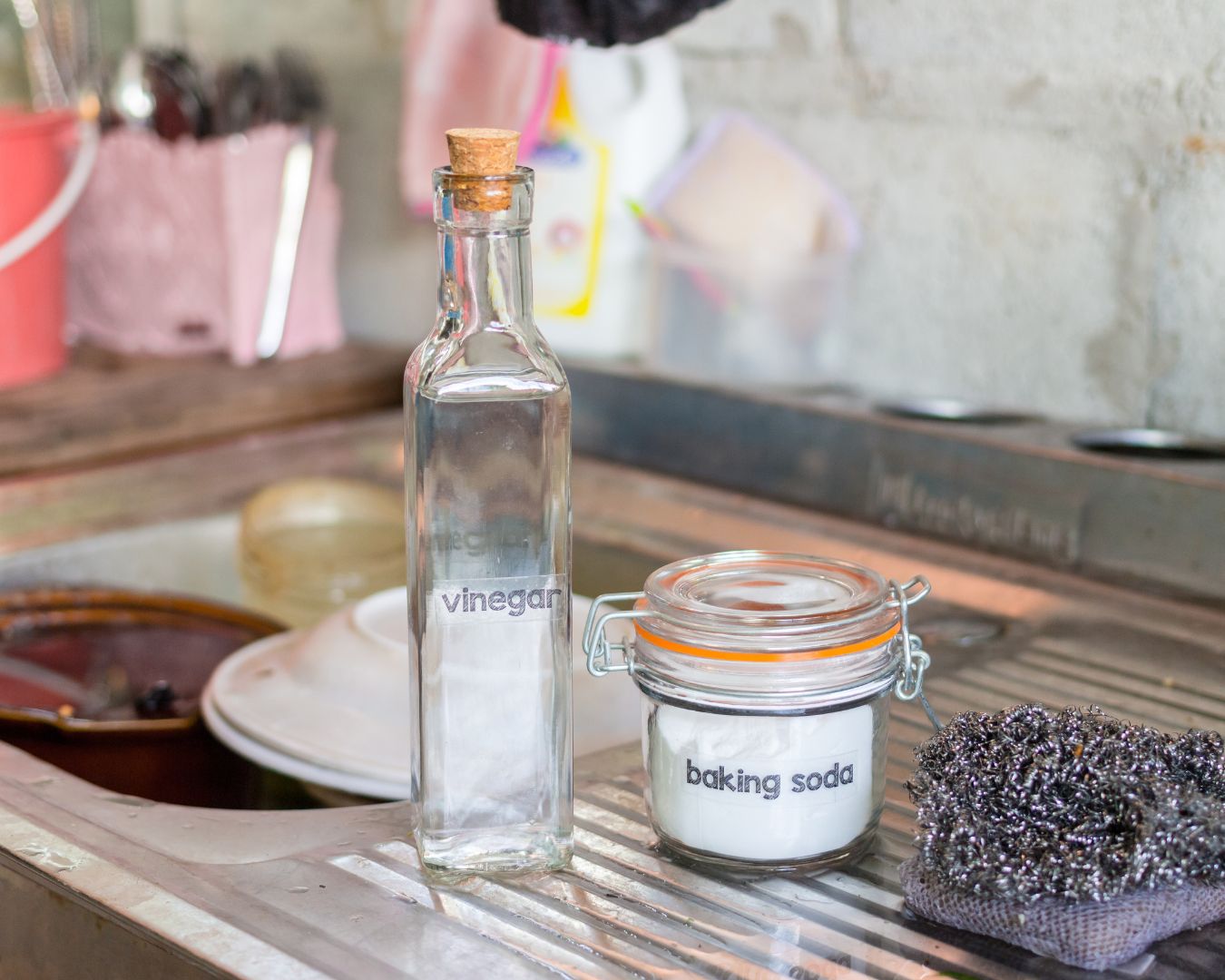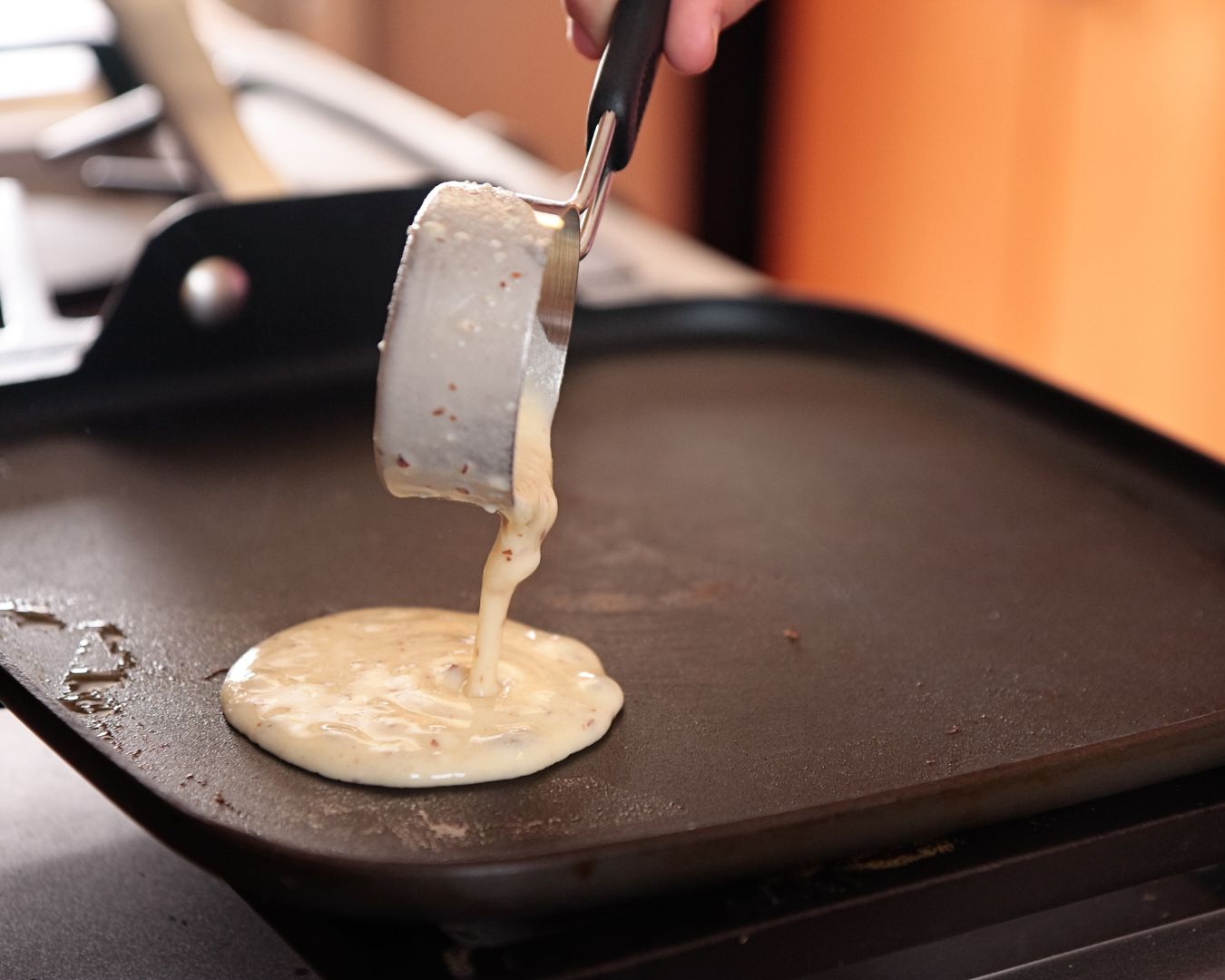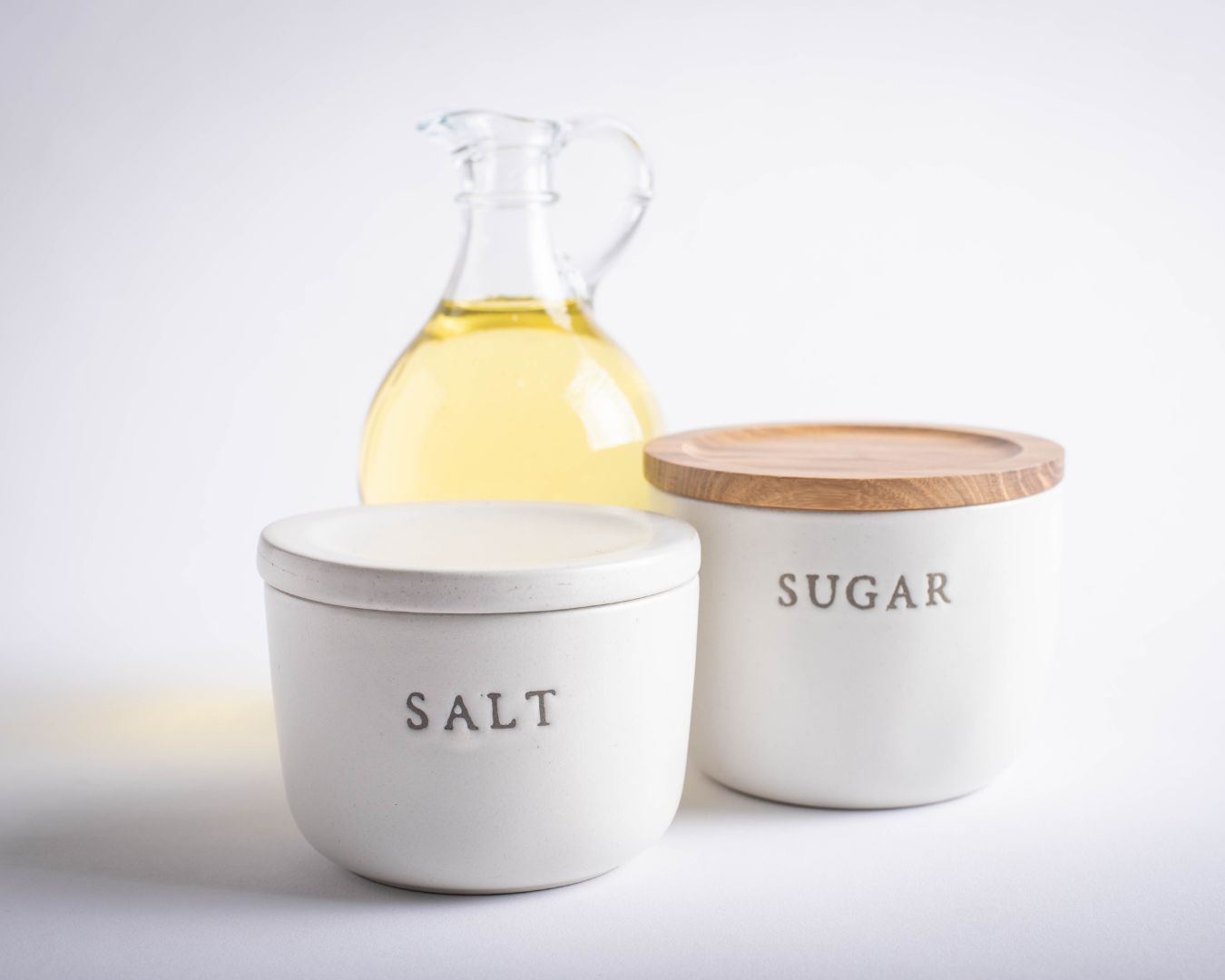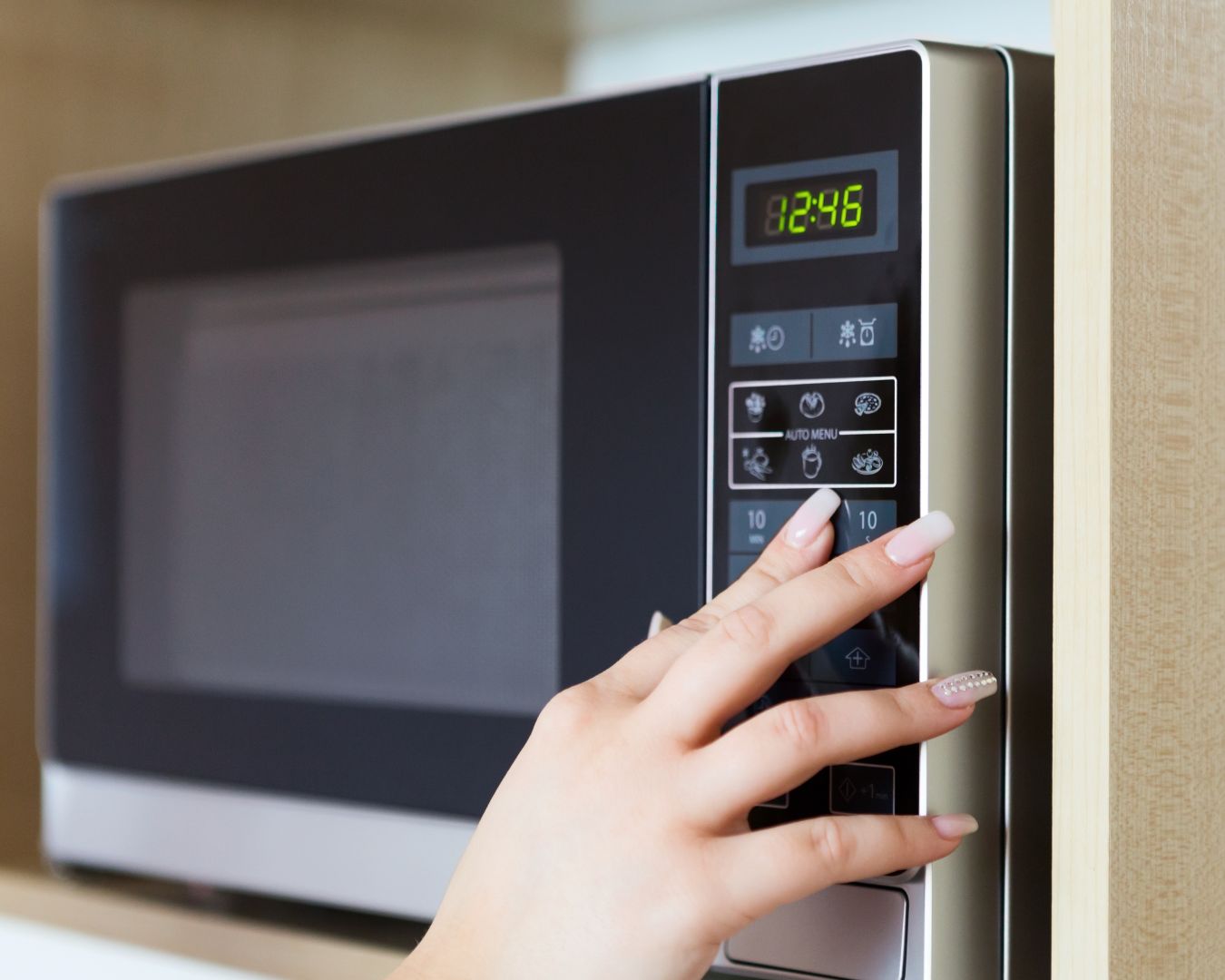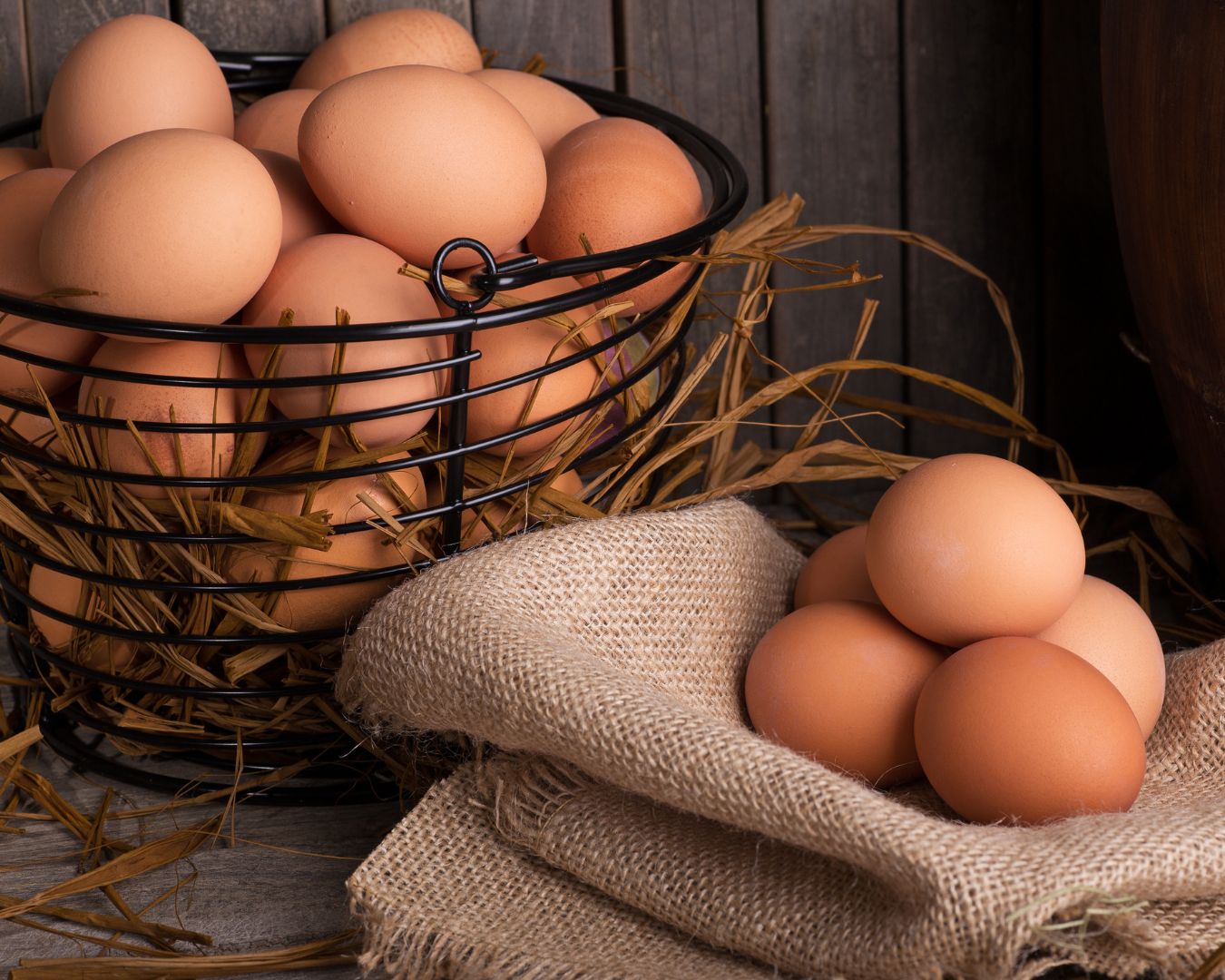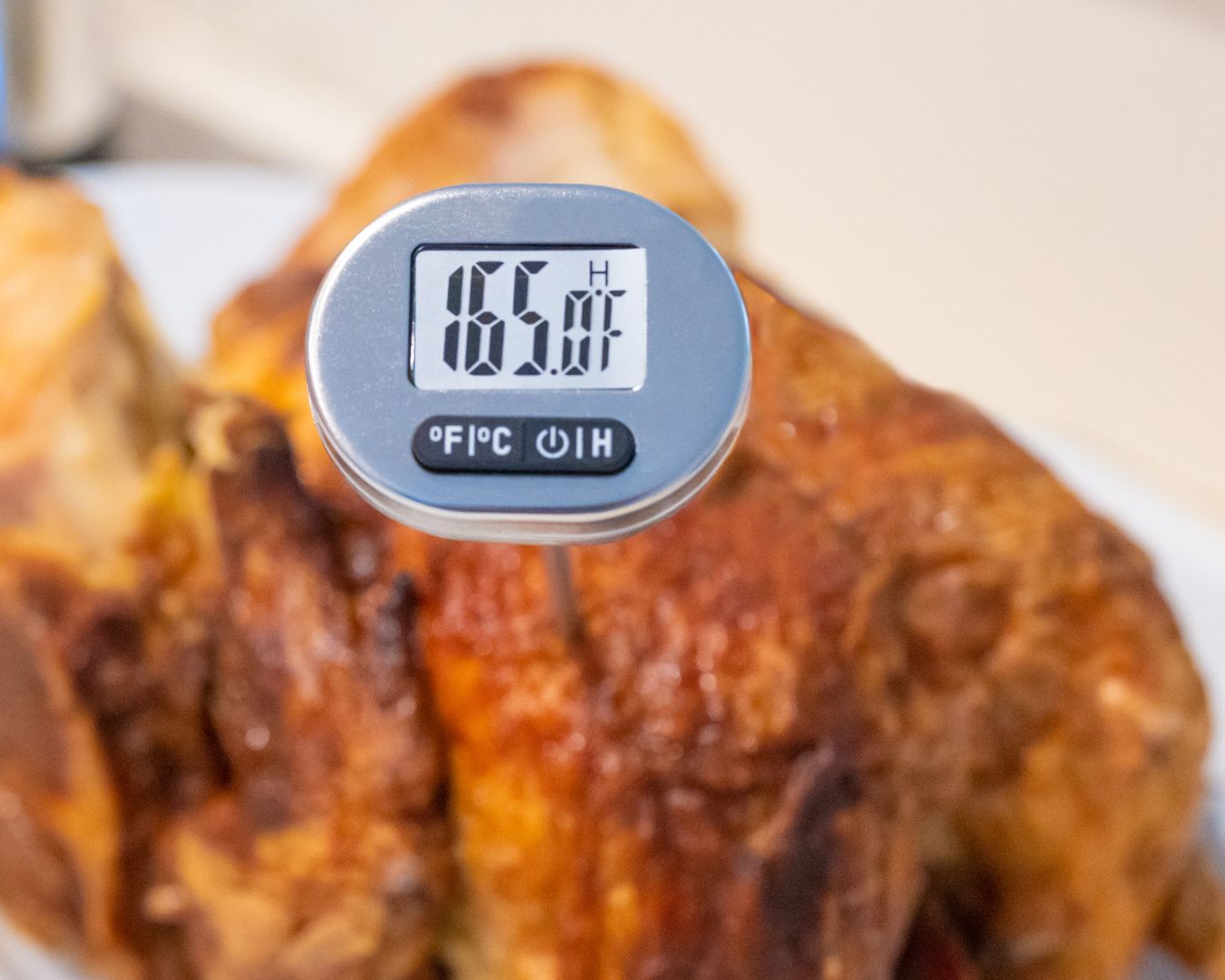Incorporating healthy habits into your cooking can have a significant impact on your overall well-being. Two common dietary concerns are excessive sodium and sugar intake, which can contribute to various health issues like high blood pressure, heart disease, and diabetes. Fortunately, reducing sodium and sugar in your home-cooked meals doesn’t mean sacrificing flavor. Here are some practical tips to help you create delicious, healthier dishes. Use Fresh Herbs and Spices One of the best ways to reduce sodium is by enhancing the flavor of your meals with fresh herbs and spices. Basil, cilantro, parsley, rosemary, thyme, and oregano can add depth and aroma to your dishes without the need for extra salt. Spices like cumin, paprika, turmeric, and ginger can also elevate the flavor profile of your food, making it more enjoyable and satisfying. Tip: Experiment with different herb and spice combinations to find what you like best. For example, a mix of garlic, rosemary, and lemon zest can make a roasted chicken dish pop with flavor. Opt for Low-Sodium Alternatives When shopping, choose low-sodium or no-salt-added versions of common ingredients like canned beans, tomatoes, broths, and sauces. These products are widely available and can make a big difference in your sodium intake. Tip: If you can’t find low-sodium options, rinse canned foods like beans and vegetables under cold water to remove some of the added salt. Cook from Scratch Preparing meals from scratch allows you to control the amount of sodium and sugar that goes into your food. Processed and pre-packaged foods are often loaded with hidden salts and sugars. By making your own soups, sauces, and dressings, you can avoid these additives and tailor the flavors to your taste. Tip: Homemade tomato sauce, for example, can be seasoned with garlic, onion, and herbs instead of relying on store-bought versions that may contain high levels of sodium and sugar. Reduce Sugar Gradually If you’re trying to cut back on sugar, do it gradually so your taste buds have time to adjust. Start by reducing the amount of sugar called for in recipes by one-quarter to one-third. In many cases, you won’t even notice the difference. Tip: In baking, you can often replace some of the sugar with natural sweeteners like applesauce, mashed bananas, or pureed dates. These alternatives add sweetness along with additional nutrients and fiber. Be Mindful of Sauces and Condiments Sauces, dressings, and condiments can be sneaky sources of sodium and sugar. Ketchup, barbecue sauce, soy sauce, and salad dressings often contain high levels of both. Consider making your own versions at home, where you can control the ingredients. Tip: For a low-sodium, low-sugar alternative to soy sauce, try using coconut aminos or make a simple dressing with olive oil, vinegar, mustard, and herbs. Increase the Use of Vegetables Vegetables are naturally low in sodium and sugar and can add bulk, flavor, and nutrients to your meals. Incorporate more vegetables into your dishes, such as stir-fries, soups, and casseroles, to reduce the need for added salt or sugar. Tip: Use vegetables like carrots, bell peppers, and onions to naturally sweeten dishes. Roasting vegetables can also bring out their natural sweetness, eliminating the need for additional sugars. Watch Portion Sizes Sometimes, reducing sodium and sugar can be as simple as watching your portion sizes. Consuming smaller portions naturally limits your intake of these ingredients, even if you don’t alter the recipe. Tip: Use smaller plates or bowls to help control portion sizes and avoid the temptation to overeat. Read Labels Carefully When buying packaged foods, always read the nutrition labels. Look for products with lower sodium and sugar content, and be aware of the various names sugar can go by, such as corn syrup, fructose, glucose, and sucrose. Tip: Choose foods labeled as “low sodium,” “no added sugar,” or “unsweetened.” Keep in mind that “reduced sodium” or “reduced sugar” products may still contain significant amounts. Use Citrus and Vinegar for Flavor Citrus fruits like lemons, limes, and oranges, as well as vinegars, can add brightness and acidity to your dishes, enhancing flavor without the need for extra salt or sugar. A squeeze of lemon or a splash of vinegar can transform a dish, making it taste fresh and vibrant. Tip: Try using balsamic vinegar or lemon juice in salad dressings or marinades to cut down on sugar while adding a tangy kick. Plan Your Meals Planning your meals in advance allows you to think about how much sodium and sugar are in each dish. This way, you can balance your diet throughout the week and ensure you’re not consuming too much of either. Tip: Incorporate a variety of meals with whole grains, lean proteins, and plenty of fruits and vegetables to keep your diet diverse and nutritionally balanced. Reducing sodium and sugar in your home-cooked meals doesn’t have to be a daunting task. With a few simple changes and mindful cooking practices, you can create flavorful, satisfying dishes that are better for your health. Start with these tips, and enjoy the benefits of a diet that’s lower in sodium and sugar without compromising on taste.

